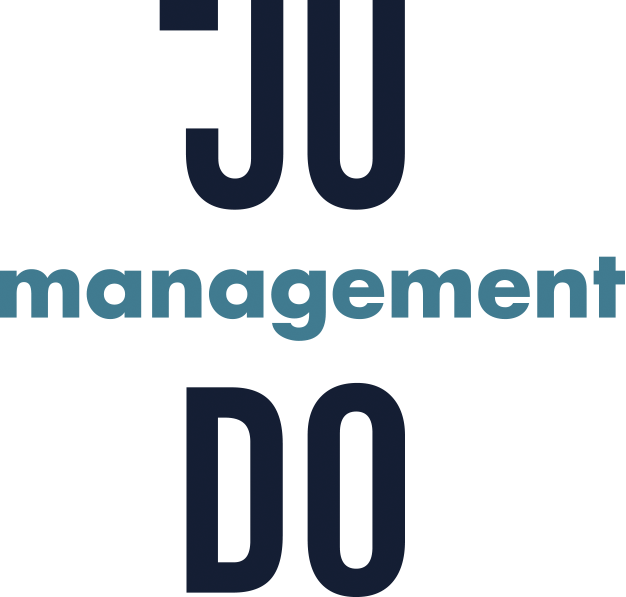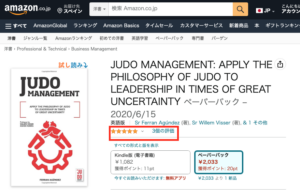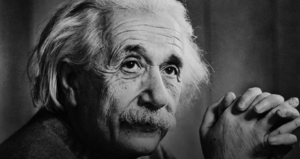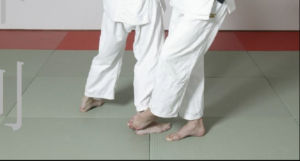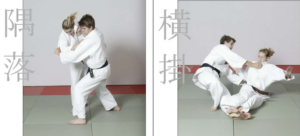KODOKAN GO KYO NO WAZA
A child, youth, juniors and seniors want to play, the want to play sport, they want to do randori and/or shiai and of course a perfect education and development should be the foundation of this.
In 1960 my first judo teacher, Mr Wim Cobben, introduced me to the Kawaishi system. Most of the readers of this article will know this system. (By the way, Mr Cobben learned me also, how to develop a judo club, with all kind of characters, into a very good club, respecting the great values of judo. This is also a good way to reduce the, alleged, decreasing number of judoka….)
In 1965 my judo Sensei, Jan van der Horst 9th dan, introduced me to Kodokan Judo and in Kodokan Go Kyo no Waza, that what Sensei Ishiro Abe 10th dan was teaching in that time in Brussels.
Sensei Ishiro Abe was writing an excellent book about Kodokan Go Kyo no Waza, published in Dutch and French (University Publications Brussels).
In Dutch and English a book about Kodokan Go Kyo no Waza was published by me as well, in which I describe what I learned from sensei Abe, sensei van der Horst; in this book I also give an explanation of the biomechanics of the basic throwing techniques, which is very important in analysing all aspects of judo techniques and who, what and how to use judo techniques.
Through the lessons of sensei Abe and sensei Van der Horst and through continuously study, I gained insight into the values, including safety methods, of Kodokan Go Kyo no Waza. Later I had the honour to explain this unique development method of judo in many countries.
Despite the fact, that Kodokan Go Kyo no Waza is a perfect and unique development system (developed by Kano Jigoro Shihan and his co-professors) many new initiatives have been taken and efforts have been made to develop a different or better method of education.
When I asked the potential developers why they did this, I usually received answers as:
“I want to develop my own system” or “I don’t want to be bound to a fixed method” and often there was the addition “And I certainly don’t want a system developed by Japanese specialists”!
Striking is the word “I”, which raises the question whether one has thought of the judoka, youth, junior or senior.
It is better to ask the question which system is the best for the development of the judoka, with in mind all the specific values of judo, mentioned earlier in this article!
It is strange that many Japanese kata instructors travel all over the world to teach kata and that a Japanese judo technique educational system, Kodokan Go Kyo no Waza, is rejected, while kata is not ‘a system of its own’ and is bound to solid form and content…..developed by Japanese specialists!
It is also strange, that there is heavily exaggerated attention for kata, now even for children, while randori and the preparation for randori is much more essential for judo!
Children have to play, so they have to learn the game of judo: randori!
There are even individuals who call themselves judoka, without even playing the game of judo: randori.
(How can you call yourself a chess player, only exercising openings, making moves and studying chess strategy without playing the game of chess?)
Some time ago I was regarding an exam for 7th dan judo, by Mr. Gé van den Elshout (a former top level competitor in NL). His exam was ‘a great relief’ between of candidates who seemingly rarely do, or never did, randori or shiai, because his vast experience in randori and shiai was clearly visible in all his kata; rhythmic, harmonious, naturally moving!
This 7th dan did much technique training and a lot of randori and shiai until his 4th dan.
Instead of an ‘overload’ of attention and practice of kata it is important for the development of the judoka and with it the entire judo, that randori remains the most important phenomenon in judo.
Kodokan Go Kyo no Waza is the best basic technique training system for the technical development of randori and shiai.
If wisdom comes when it is too late, than wisdom is useless.
Willem Visser
Executive coach, Strategic Adviser, International Lecturer, 8th Dan Judo IJF
With gratitude to all my teachers, specialists, colleagues and especially all the judoka that I was allowed to guide and to coach.
Sources and inspiring professionals:
Van der Horst, Cobben, Abe, Saitoh, Yamashita, Uemura, Sugawara, Murata, Hosokawa, Komata, Takahashi, Nakamura, Kasuga, Kawashima, Kariya, Brousse, Besson, Rougé, Ruska, Geesink, de Cree, Barta, Vachun, Viser, Lascau, McConnell, Snijders, Sins, Hoogendijk, Boersma, Odinot, van Dijk, Klok, Agúndez, Landsberg, Covey, de Waal, DeCaluwe, Drucker, Franzen, Goldratt, Hammer, Kets de Vries, Kotler, Mastenbroek, Mintzberg, Peters, Porter, Quinn, ten Bos, Trompenaars, Vinke, Weggeman, Wissema and many others.
